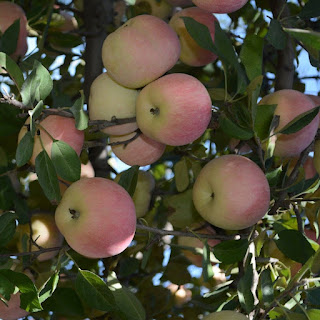American White Water Liliy
American White Water Lily a species of Water Lilies
 |
| Water lily |
Common Name:
- White lily
- Water lily
- Beaver root
- Fragrent water lily
Botanical Name:
Nypheae odorata
Information:
American white water-lily (Nymphaea odorata) is an aquatic flowering plant native to Central and North America. It is a common food for many species of birds and turtles. The shade american white water-lily casts over its pond habitats helps stifle algae growth, a side effect that is beneficial to most of the aquatic wildlife around it.
Scientific classification
Genus:
Nymphaea - Water lilies
Family:
Nymphaeaceae - Water-lily
Order:
Nymphaeales - Water-lilies, fanworts, and allies
Class:
Magnoliopsida - Dicotyledons, Dicots, Eudicots
Phylum:
Tracheophyta - Vascular plants, Seed plants, Ferns, Tracheophytes
Characteristics:
Plant Type:
Herb
Lifespal:
Perennial
Bloom Time:
Summer
Plant Height:
8 feet
Spread:
2 to 4 feet
Flower Size:
4 to 6 inches
Habitat:
Acidic or alkaline ponds, lakes, sluggish streams and rivers, pools in marshes, ditches, canals, sloughs
Flower Color:
WhitePink
Leaf Color:
GreenPurpleLavender
Conditions Requirement:
Difficulty Rating:
American white water-lily is super easy to take care of, with resistance to almost all pests and diseases. It is a perfect option for gardeners with brown thumbs.
Sunlight:
Full sun, Partial sun
Hardiness:
10 ℉
Hardiness Zones:
8 to 10
Soil:
Clay, loam; poorly drained; slightly acidic, neutral, slightly alkaline
Care Guide:
Water:
Aquatic plant, can be cultivated in water.
Planting Time:
Spring
Harvest Time:
Late summer, Early autumn, Mid autumn
Propagation:
Division
Pests and Diseases:
Crown rot, brown spot, water lily leaf spot; water-lily beetle, water lily aphid, brown china-mark moth, false leaf-mining midge.
Plant Distribution:
- American white water-lily is native to the eastern United States.
- The aquatic plant is often cultivated for home water gardens as an ornamental flower.
- Unfortunately, the american white water-lily has spread beyond gardens to become an invasive species in the western part of the United States.
- The plants spread into clumps when left alone. It is not a problem in gardens, but the plant can quickly cover the surface of a pond.
- It will push out native plant life and deprive aquatic species of oxygen.
- The plant divides by tubers, which rapidly multiply each year.



Comments
Post a Comment